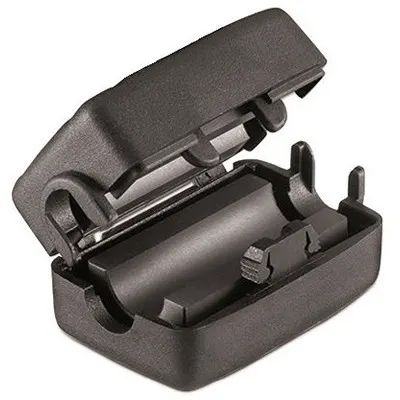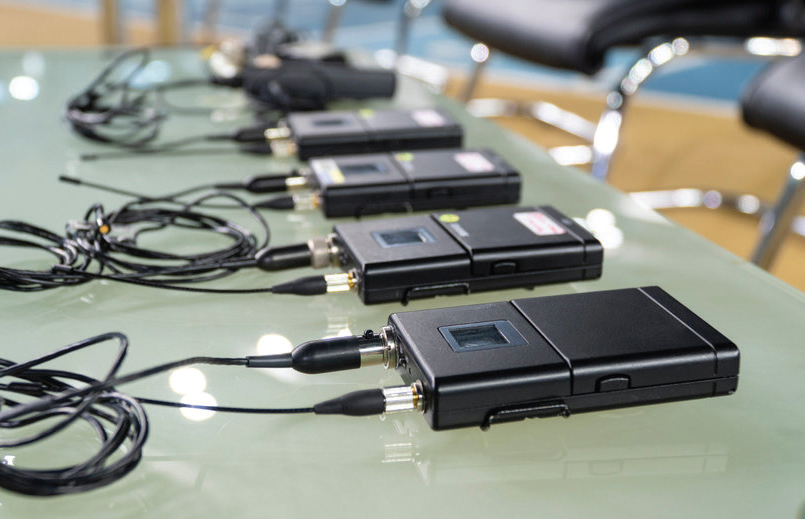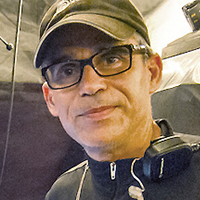With the ongoing radio frequency spectrum crunch, many manufacturers of wireless equipment are turning to digital systems to maximize the number of systems that can be used in the remaining spectrum, principally by allowing more channels to be spaced more closely together. So far, the digital systems that I’ve worked with have been great, but there are some issues that they can create. Here are two of those issues and some strategies for dealing with them.
Generating Artifacts
The first is RF “hash” induced into sensitive electronics, in particular instrument pick-ups but also in older headset and lavalier microphones. Where is this hash coming from? In very broad terms, the modulation scheme required to generate a digital RF transmit involves a lot of very high-speed switching, and the artifacts from this are radiated as hash.
What does it sound like? In general, it sounds like white noise that comes out as an audible signal.
How does it get into the pick-up, or mic element? It’s radiated along the shield of the signal cable. Remember that any piece of wire can be an antenna.
What can be done about it? I have had very good results using ferrite clamps. You may not know what a ferrite clamp is, but chances are almost 100 percent that you’ve seen them and perhaps even own some because they’re used regularly with cables associated with computer systems, including AC cables, USB cables, VGA and HDMI cables. They look like cylinders that go around the perimeter of the cable, typically near one or both ends.

Another name for these devices is “ferrite chokes” and they work by “choking off” the cable that they’re mounted on, acting as a low-pass filter in the MHz range. Install the clamp on the transmitter end of the cable first, just after the connector. If you have thin guitar cable (around 1/8-inch in diameter), you may be able to pass the cable through the clamp twice by looping it back around. This increases the effectiveness of the choke. With thicker cable, a second clamp, either right behind the first one, or at the jack end of the cable can help.
Coordinated & Separate
The other issue that digital transmitters can cause is interference, including dropouts, in in-ear monitor body packs. This is caused by the RF hash essentially “swamping” or overloading the sensitive receivers at the front end of the IEM packs. With Shure PSM 1000 personal monitoring systems, for example, this will present as the blue RF LED going off while the audio mutes. It looks like a “full bar dropout,” meaning that the RF signal display on the pack will show full bars even while the signal and the blue LED cut out.
The most common situation where this occurs is when guitar packs get too close to IEM packs. That said, I’ve also seen it occur when a singer inadvertently got the antenna end of the microphone too close to the guitarist’s IEM pack antennas while leaning on him during a solo.

What’s the solution? There are two. The first is in frequency coordination: Try to keep the frequencies allocated to the TX and RX at least 20 MHz apart at their closest point. With dwindling spectrum to work with, this can be a challenge, but at the very least you can use strategies such as giving the guitar player the lowest IEM frequency and the highest TX frequency (assuming that the IEM systems are in the lower range of the spectrum and the TX is in the higher end).
The second solution is to keep the IEM antennas away from digital transmitters. In the guitarist example, mounting the guitar pack higher up the strap can help, preferably with the antenna facing up, and then inverting the clip on the guitarist’s pack so the IEM antennas face downwards.
One More Note
Another thing to keep an eye on is to note what happens with guitar straps if guitarists sit down at some point. I’ve seen straps sag down their backs to the point where the guitar packs were very close to the IEM packs.
In the example with the singer, this really comes down to working with the creative folks to alter the blocking of the solo sequence, and/or just letting singers know that they have to be a bit careful where the antenna end of the mic goes when they’re not singing (a singer could also mute their own pack by holding the mic behind their back, over their IEM antennas).
In the case of singers with headset mics, you need to get with the wardrobe people to ensure that their transmit pack and their IEM packs are physically separated on their bodies.
Another thing to note is that all of this is affected by the power setting on the transmitters. Higher power settings, like on the megastar’s handheld transmitter, increase the chances of this happening.















